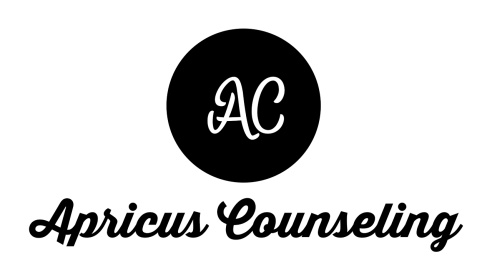Preparing Your Child for Therapy: A Parent Checklist
Explain therapy in kid-friendly language
“Therapy is a safe place where you can talk, play, or draw about your feelings. Your therapist is here to help and listen, so you don’t have to worry about what mom, dad, grandma, or anyone else is feeling.”Answer questions honestly
If your child asks, “Will I have to talk about everything?” reassure them they can share at their own pace.Normalize big feelings
Let them know it’s okay to feel nervous, shy, or unsure—it’s normal when trying something new.Encourage comfort items
Children are always welcome to bring a stuffed animal, fidget, or quiet toy. Having a familiar item can help them feel safe and grounded.Stick to daily routines
Keep meals, school, and downtime as consistent as possible on therapy days, especially for young kids. Familiar rhythms create stability.Offer choices when possible
Let them pick a comfy outfit or choose a snack for afterward. Small choices help kids feel more in control.Keep transitions calm
Avoid rushing to the appointment. A few extra minutes of calm time can make a big difference.Prepare for after-session feelings
Sometimes kids feel a little “off” after therapy—tired, quiet, or even more emotional. Reassure them this is normal as their brain and body process.Debrief gently
Ask open-ended questions like “How did it feel to be in the room today?” But if your child doesn’t want to talk right away, that’s okay. Circle back a few hours later when they’ve had space to reflect.
Final Thoughts
Preparing your child for therapy doesn’t require a perfect script—it’s about offering reassurance, predictability, and compassion. Over time, therapy can become a safe and supportive space where your child learns tools to grow and heal.


